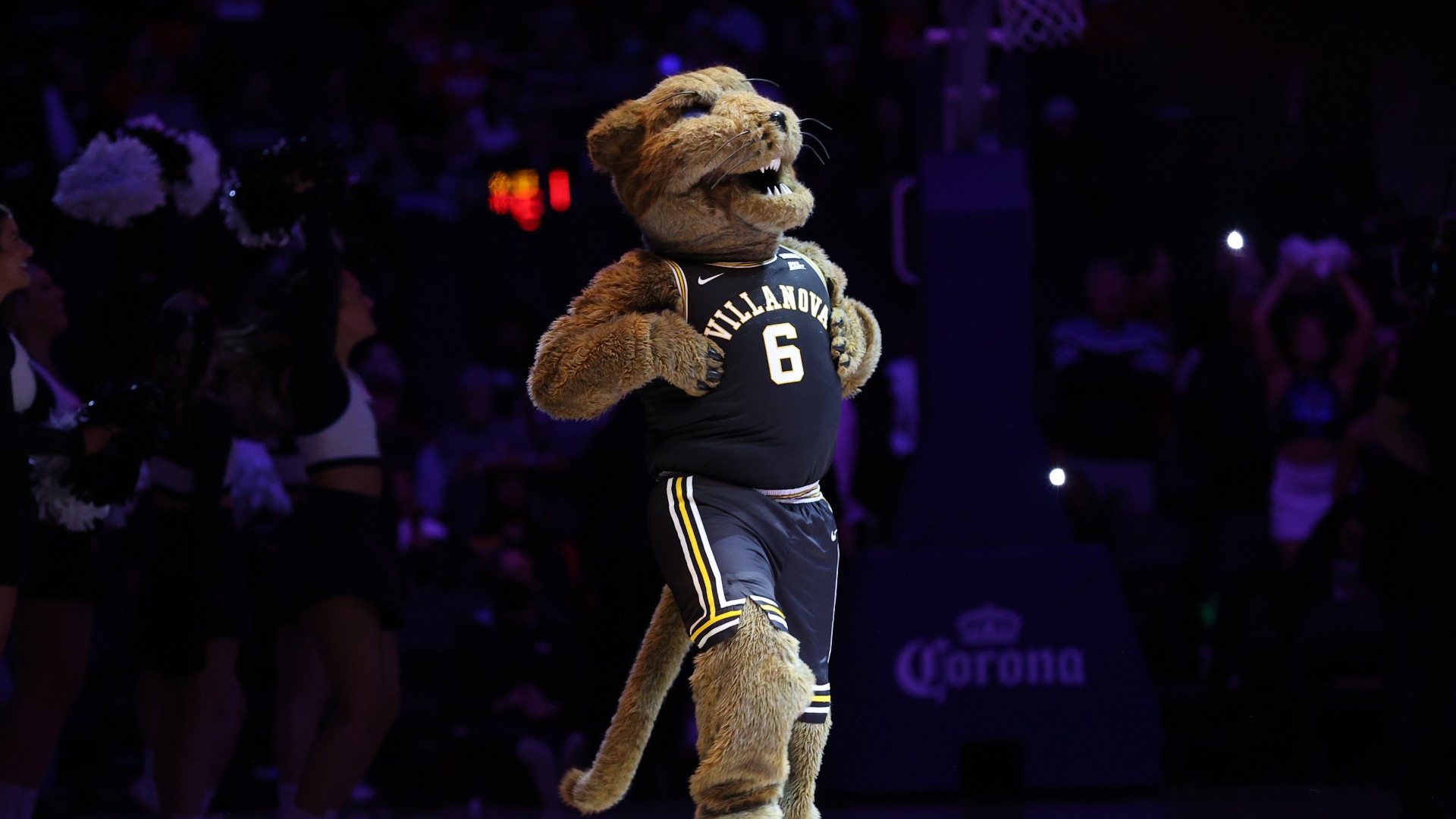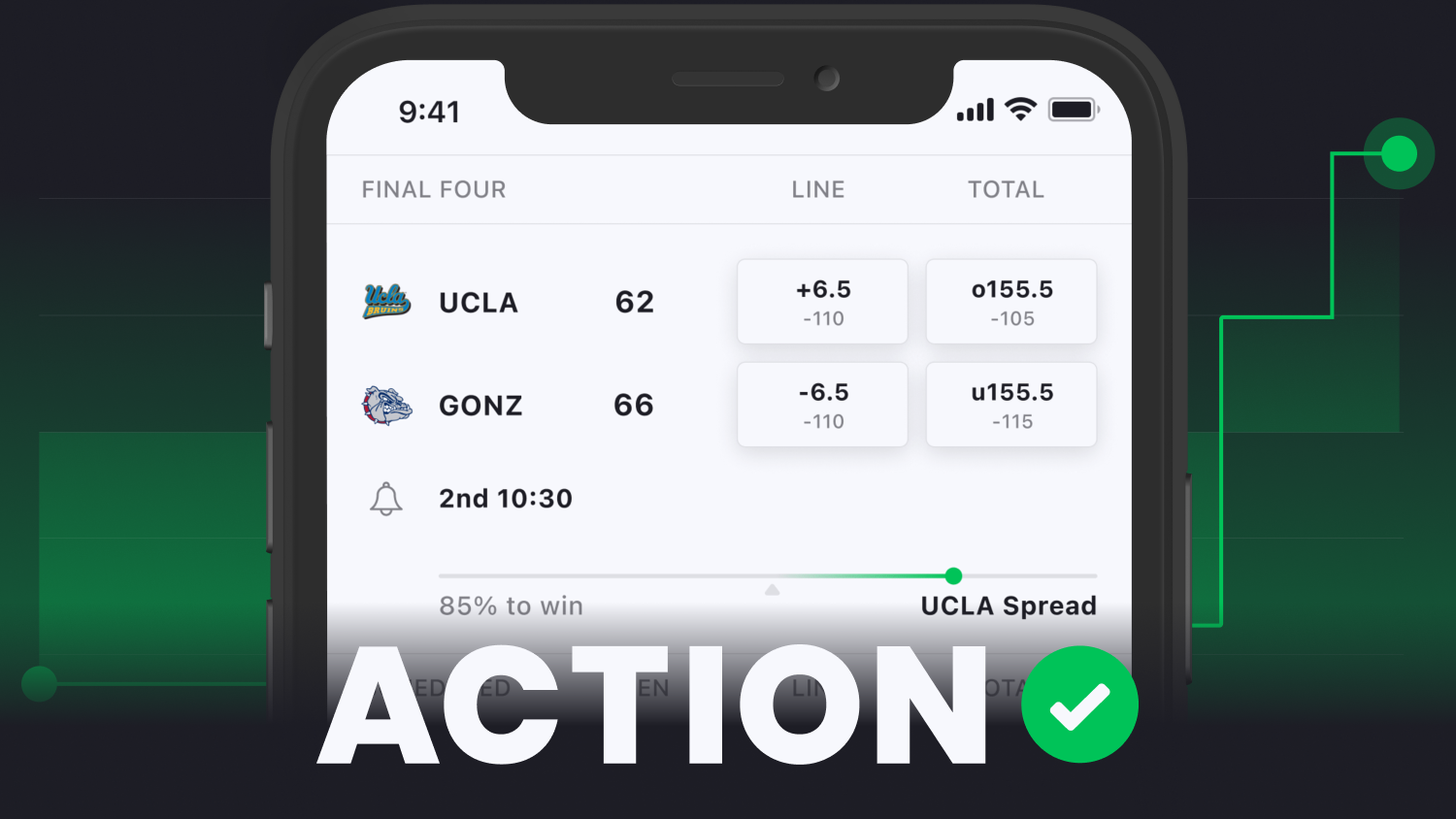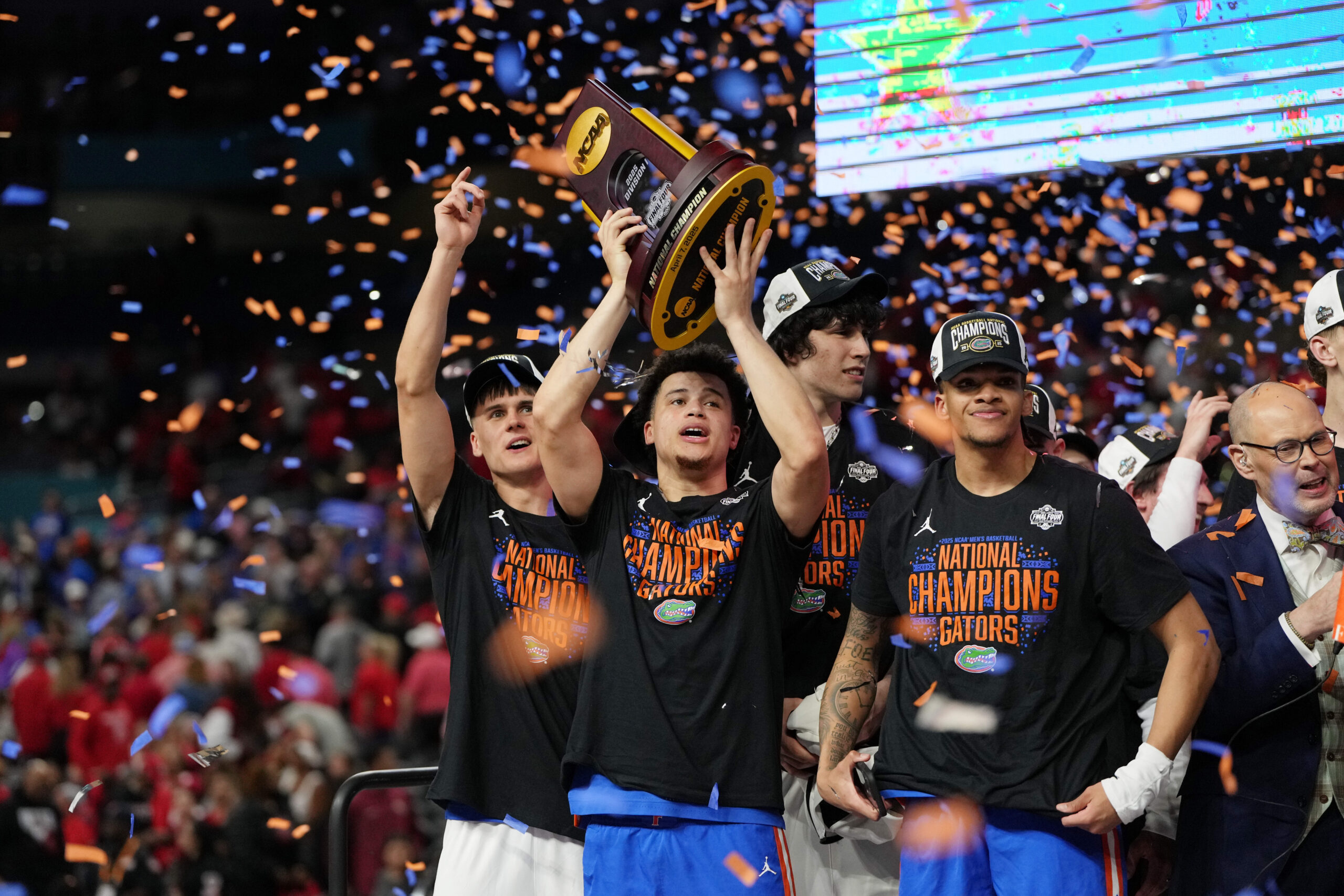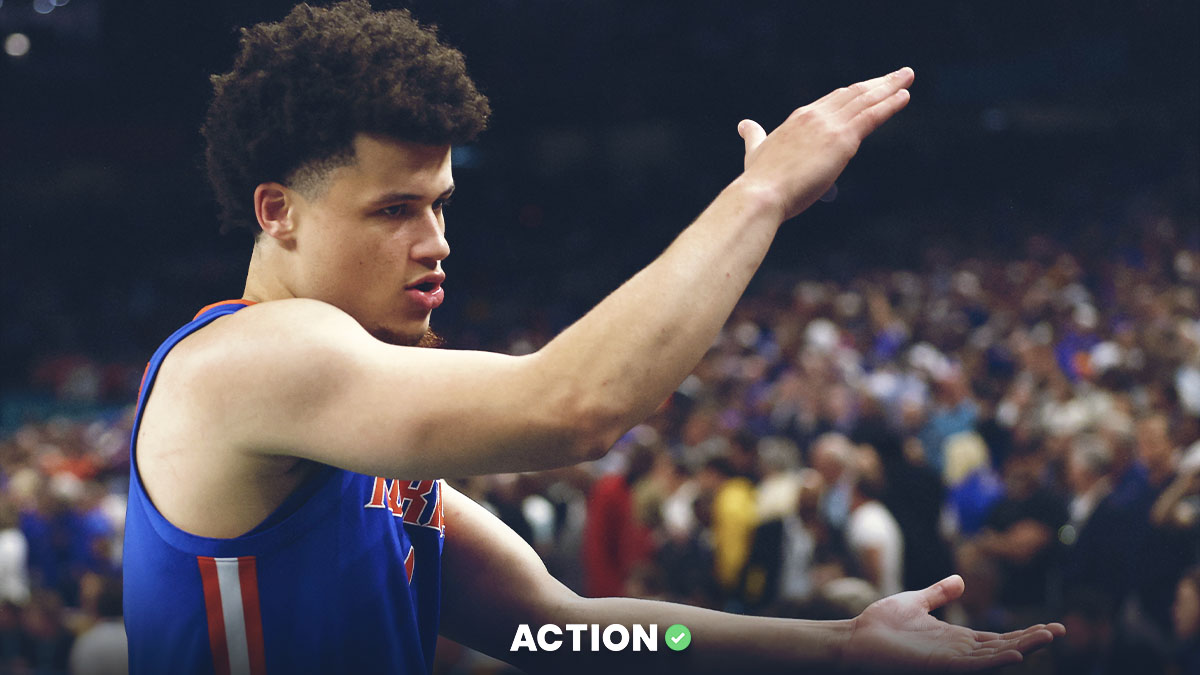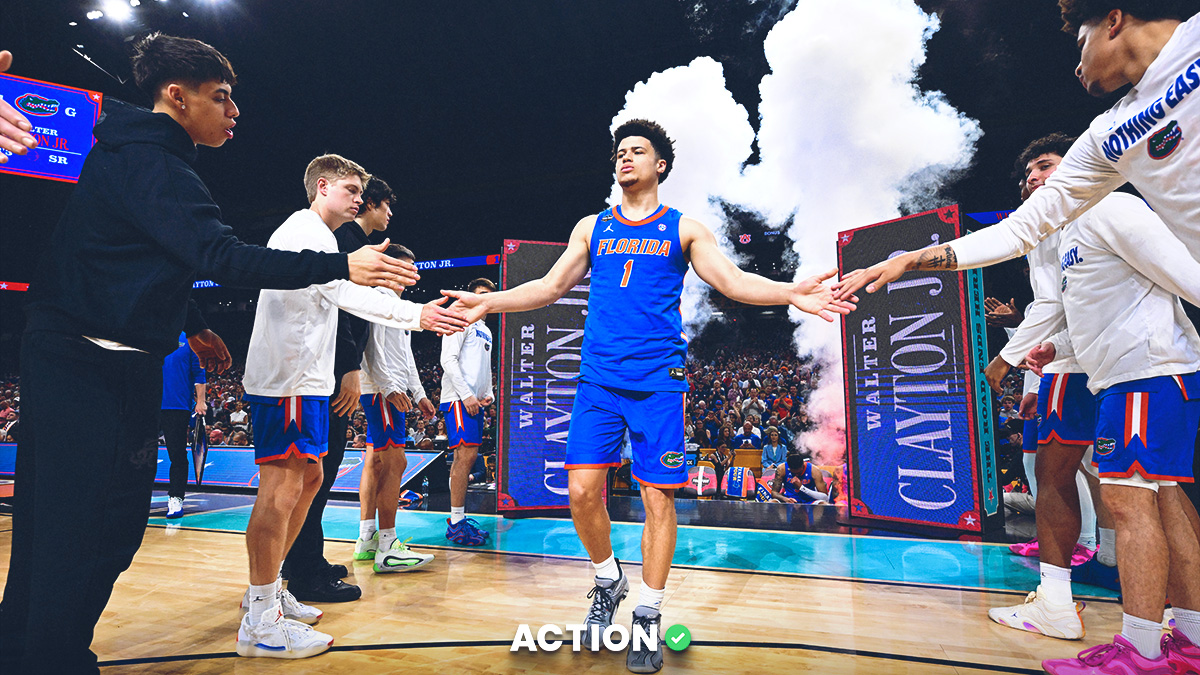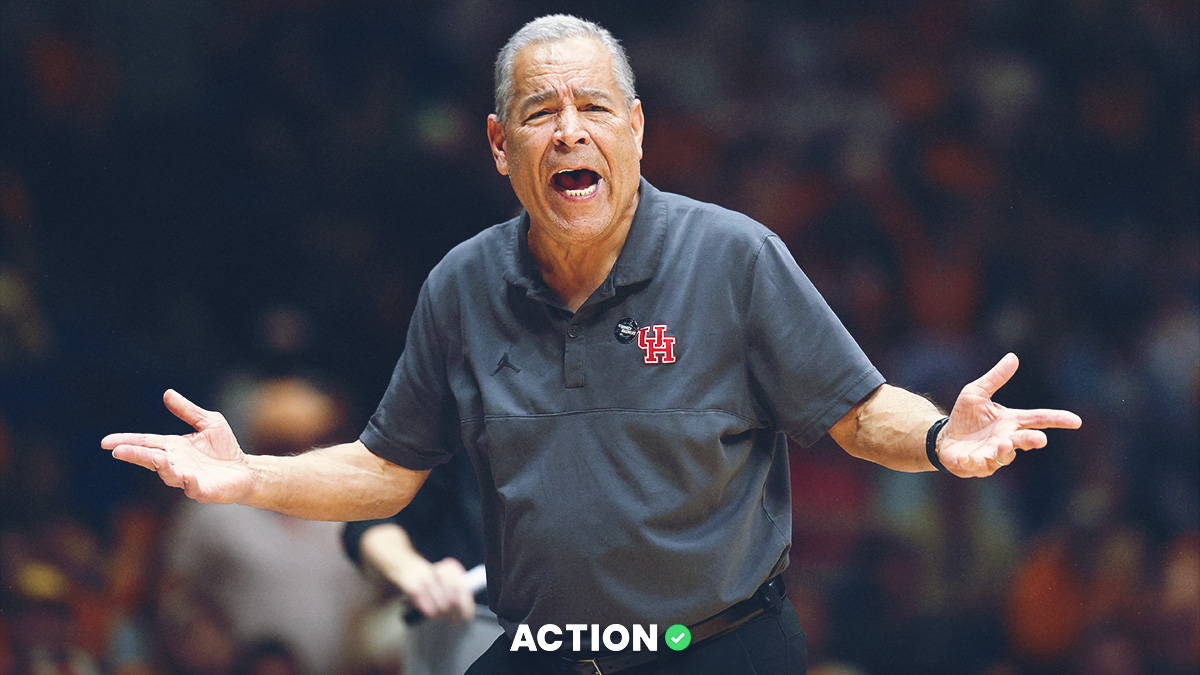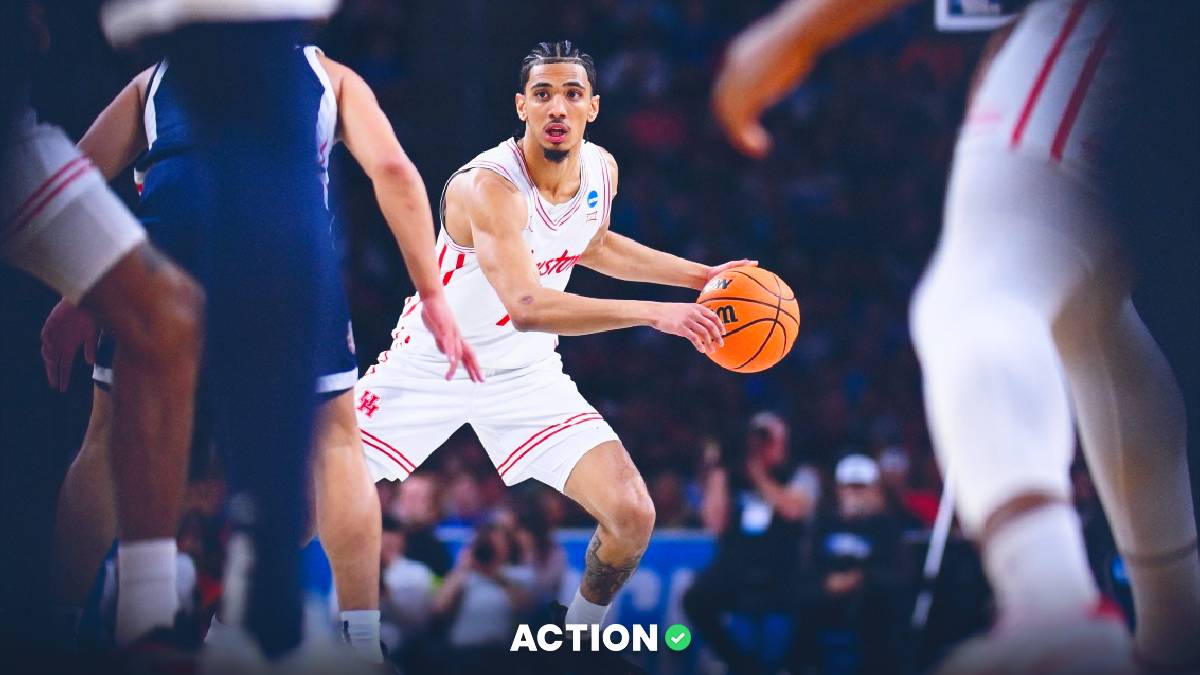The Big East occupies the most interesting space in the college basketball landscape. There is no better conference that treats basketball as the prime sport in its arsenal.
It may not always stack up to all of the Power 5 football leagues, yet the Big East's ability to hold its own in the basketball world without the prestige and money fueled by football makes it unique in college sports.
The Big East that exists in a post-football world, starting in 2013-14, has been a very exciting development, despite a lack of parity.
Villanova has won or shared the conference crown seven times in eight seasons, cutting down the nets at the conference tournament at Madison Square Garden in four of its seven chances (COVID-19 led to the tournament's cancellation in 2020).
This season, Villanova is still perched atop the conference ladder, yet Jay Wright and his Wildcats have a host of challengers hungry for their chance to dethrone a team that has looked shaky in recent weeks.
Is this the year someone else can topple the Cats? Are the Big East's second-tier teams set up for a tournament run in March?
Let's break all of that down and assess the conference as a whole.
Recent play from the Wildcats have people questioning their place as the Big East's best. Villanova has four losses already, marking just the second time in nine years of the "New Big East" that the Wildcats suffered their fourth loss before Christmas.
The only other time that occurred was 2018-19, when Villanova followed its fourth loss with an 11-game winning streak.
This team is capable of doing something similar. Of the Cats' four losses, three have come against teams in the top eight in KenPom and the fourth came on the road against a strong Creighton team.
Villanova's last two games — losses at Baylor and Creighton by an average of 24.5 points — weren't pretty, though they shouldn't have much bearing on the program's long term outlook.
In the Wildcats last three games, they are shooting just 23% from outside the arc, including a ridiculous 13-of-50 performance against the Syracuse zone.
Overall, Villanova shot under 30% from the field during that stretch. That is not a positive sign, yet it is likely to regress positively with some improved shooting.
Villanova's offense is still one of the nation's best at avoiding turnovers and finding a quality look at the rim.
While some may quibble with Villanova's depth and frontcourt, all that really matters for this team to remain the class of the conference is Jay Wright's ability to find quality shots for his two best players, Collin Gillespie and Justin Moore.
There are few coaches in the country you'd trust more than Wright to manage that task.
If Villanova loses upcoming games to inferior competition — especially while shooting the ball well — we'll need to re-evaluate. Sportsbooks are still offering Villanova around even odds to win the conference.
If you see them slide anywhere close to +200 by the Wildcats' New Year's Day trip to Seton Hall, jump on it.
Who Can Challenge Villanova?
Right now, you'd look at three teams as possible contenders behind the Wildcats.
We have to start with Creighton, given that the Bluejays took full advantage of their first crack at Villanova, beating the Wildcats by 20 in Omaha.
Greg McDermott has his team playing smart defense (seventh in the nation in free throw rate allowed) and even smarter on offense (sixth best 2-point percentage in the nation).
The difference between preseason expectations and current season success has been driven by two players on the Creighton roster: Ryan Hawkins and Ryan Nembhard.
Hawkins came to Omaha via Northwest Missouri State, where he was unquestionably the best player in Division II basketball last season. He led the Bearcats to national titles as a sophomore and senior, averaging 23 points and nine rebounds last season, with 31 points and 18 boards in the title game.
In his Division II career, Hawkins played 131 games and lost just seven times. It was understandably a question if he could perform at a high level against power-conference competition, however, he's answered that question capably.
This season, he's averaging 14 points and seven rebounds per game, with 25-point outings against BYU and Iowa State.
Creighton's other game-changer has been Nembhard, a top-100 recruit and brother of Gonzaga's Andrew Nembhard. He absolutely fits the mold of a savvy, playmaking point guard that can make McDermott's offense flash.
Turnovers have been the Bluejays' biggest woe so far this year, which makes sense for a team whose three highest-usage players are newcomers. That inefficiency has troubled Creighton against top competition. The Bluejays are just 2-3 against top-100 KenPom teams thus far.
I like their long term outlook this season, if the defense can persist and the turnovers are controlled.
Seton Hall certainly has a chance to compete in the conference, as well. Wins at Michigan and over Texas are the two best non-conference victories by anyone in the Big East.
The Pirates have a balanced attack of veteran perimeter players who can create scoring chances in space, and a defensive scheme built to create trouble at every level.
One item of caution before diving deep onto the Seton Hall bandwagon: the Pirates have benefitted greatly from 3-point shooting luck so far defensively.
Seton Hall's opponents have managed the fourth-worst shooting mark outside the arc this season, with notable duds like Michigan hitting 3-of-15 and Texas sinking just 1-of-15.
If either opponent shoots better in those single-possession Seton Hall wins, the Pirates' season looks a little different.
Lastly, Xavier is the most balanced of Villanova's challengers. The Musketeers can beat you in the paint or from the perimeter and have played fantastic defense thus far this season.
Wins over Ohio State, Virginia Tech, Oklahoma State, Cincinnati and Marquette have proven this Xavier team can compete with high-level opponents.
We'll know a lot more about Xavier after the Musketeers travel to Villanova on Tuesday night, yet there is absolutely some value on this team right now. DraftKings has Xavier currently listed at +2000 to reach the Final Four — fifth-best in the Big East.
That is too high for a team with as few flaws as this one.
Teams With Something to Prove
UConn is certainly intriguing and looks like an NCAA Tournament team, although it's difficult to see a high ceiling for the Huskies.
Dan Hurley has the defense looking strong, funneling opposing ball-handlers into his crop of shot-blockers.
On the offensive end of the floor, UConn makes a little bit less sense. Although R.J. Cole is a good scorer and creator, like many UConn teams in the past, it's hard to find a second option. Adama Sanogo can be an effective post-player, yet he is a black hole, unable to find teammates when double teamed.
UConn has not beaten a power conference team in regulation yet this season. I realize those two qualifiers might be unfair in eliminating the Huskies' wins over Auburn, VCU and St. Bonaventure, though I'll remain in wait-and-see mode on UConn until midseason.
I'd say the same of St. John's, which has not beaten a power conference or top-100 team yet this year.
Mike Anderson wants his team to play fast and create chaos with pressure defense. This season, the Johnnies rank 25th in forcing turnovers and 19th in steal rate. Both of those are strong, but rank outside the truly elite level of chaos-creation defensively, especially considering St. John's has played the 339th-ranked schedule so far, per KenPom.
If St. John's can't cause havoc that leads to easy buckets, I question the Red Storm's chances in the half court on both ends of the floor.


